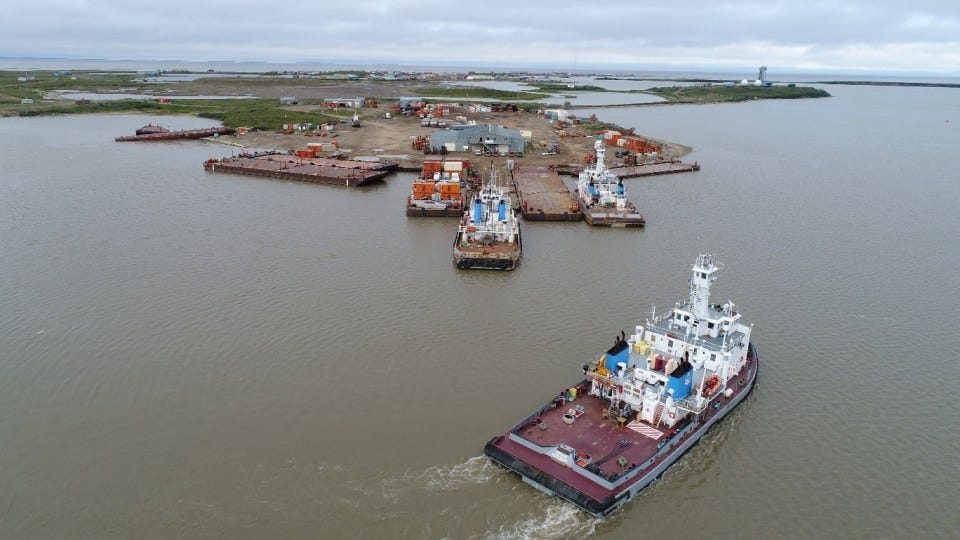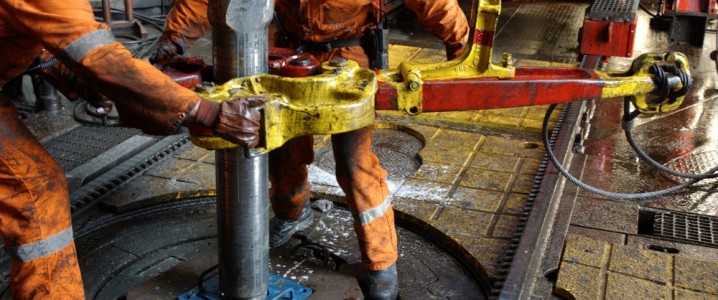- Reaction score
- 11,719
- Points
- 1,160
Also missed the Blueberry decision in NE BC affecting Treaty 8 lands.
And then the ass kicking of fires in the north. Areas I used to work in have lost so much timber...and frankly it's the lower cost timber used to offset the remaining expensive long haul deliveries...that its no surprise many mills have shut down.
If your average haul cycle for a truck load of wood is 7 hours (3.5 hours each way + half hour to load + half hour to unload) that's roughly $28/m3 hauled. More than your logging costs. Plus stumpage. Plus increased road maintenaince costs (not included). Plus reforestation...
Vs. US mills in the SE states where it's a 30 min drive to many mills, direct payment to landowner, no reforestation liability. And your end market is hours away from the mill instead of days of driving.
Reality is that market economics make only producing 2x4's and only clear cutting further and further from mills a long term loosing proposition. Concepts like commercial thinning on prime lands closer to mills don't really exist here in Canada (as clear cuts are easier to plan and lower cost) but I believe are part of the solution better utilize the lands closer to the mills and generate more volume at lower haul costs (note this is much more expensive logging short term). Long term this provides a higher quality sawlog (as the thinning removed poor form/smaller trees), reduces some of fuel loading in natural stands (due to removing the natural mortality stems that build up inside a forest), and provides a better overall recovery of the forest. It's due to concepts like this Scandinavia is growing 2-3x the same volume per hectare than we do in Canada.
To be fair to the BC government though some of those policies have also been beneficial and cleaned up what used to be huge red tape confusion. Some of the wood pellet industry now is fed through slash piles that used to be unavailable due to red tape/liability confusion and it's now about 4% of the BC harvested volume recovered...to put that in perspective it's also about the same volume as 2 medium sized sawmills consume or a very large super mill.
But other policies and the confusion they raised...ouch. And I'm not really sure what the solutions are as there are so many different rules for the province vs. interior vs. coastal. And then all the regional rules that a person needs to know ranging from species at risk to salmon drainages. And then local zoning/weight issues on infrastructure. A messy problem that needs many changes not just one silver bullet.
You seem to be revisiting the tragedy of the commons.
In the use the owner of the land is incentivized to keep the land producing trees and trees of good quality.
Isn't that also the model in Eastern Canada?
The woodlot owner doesn't want to see his investment go up in flames, nor does he want to experience 50 years with no income while waiging for the trees to grow back.
Sweden's smaller forests sustain Ikea and Tetrapak.






